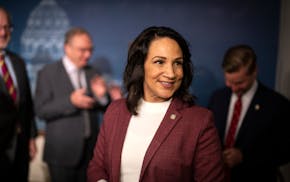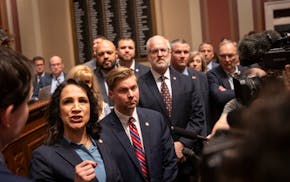The U.S. Supreme Court wiped out President Joe Biden's biggest student debt relief program last year. But the administration tweaked existing programs and added more tailored debt forgiveness efforts.
Here are some of the programs and who qualifies for them:
Income-Driven Repayment Forgiveness: Income-driven repayment plans base people's monthly federal student loan payments on their income and the size of their family. People who complete their payment periods, which are typically 20 or 25 years, depending on the plan, can have the remaining balance forgiven in some instances.
Public Service Loan Forgiveness: This program forgives student loan debt for people who work full time for a government agency or some nonprofits, if they have made 120 qualifying payments on a direct loan. Federal family education loans and Perkins loans aren't eligible for this program.
SAVE Early Forgiveness: This new program bases payments off a borrower's income and family size, with some people paying nothing each month. People who originally borrowed $12,000 or less could be eligible for forgiveness in 10 years. Republican-led states have challenged some aspects of this program in court.
Total and Permanent Disability Discharge: Some people who provide proof of a total and permanent disability can have their federal student loans forgiven. To qualify, borrowers must provide documentation from the U.S. Department of Veterans Affairs, Social Security Administration or a medical professional showing that they are "unable to engage in any substantial gainful activity due to a physical or mental impairment" that is fatal or expected to last for five years.
Additional information on each of the programs, including details on how to apply, can be found at studentaid.gov.
export const sampleFunction = props => props.isValid ? props.value : props.error;
Want to share info with the Star Tribune? How to do it securely

'Safe recovery sites' would offer syringes, naloxone and more to people using drugs. The plan could be in peril.
New Minnesota GOP leaders seek peace with party's anti-establishment wing

Who is Republican Lisa Demuth, Minnesota's first House speaker of color?

